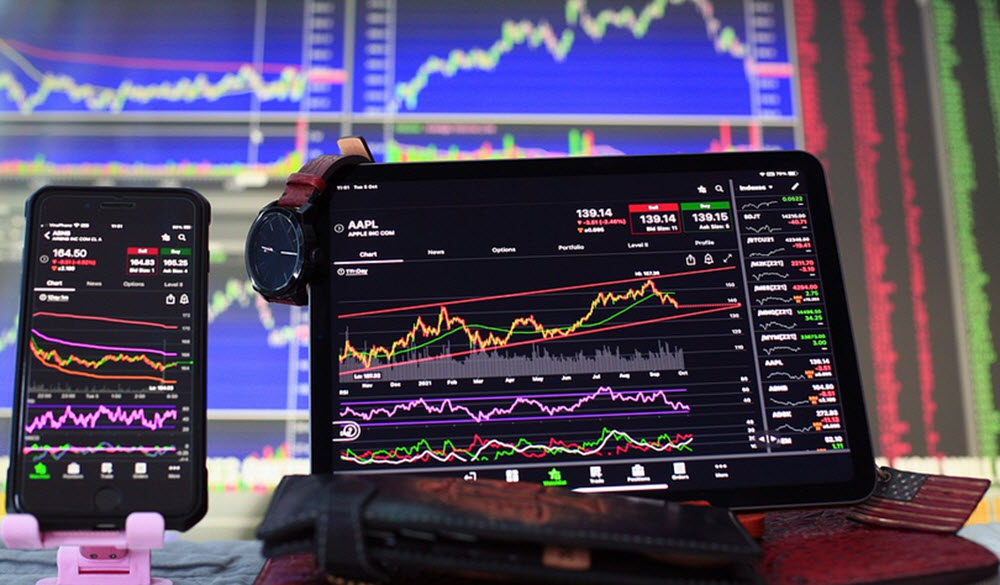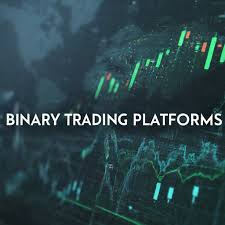
In the world of financial trading, binary options have gained popularity due to their simplicity and potential for substantial returns. However, success in binary options trading is often reliant on the right trading signals. This leads us to the significant question: what is the best indicator for binary options? With a proper understanding and the right tools, traders can enhance their decision-making process and increase their chances of profitability. In this article, we will explore various trading indicators and their functionalities, providing insights on how to utilize them effectively. For a solid start, consider checking out the best indicator for binary options 1 minute best binary options trading platforms to help you navigate the market landscape.
Indicators are mathematical calculations based on historical price data and trading volumes. They help traders make informed decisions by analyzing market trends, providing buy and sell signals, and signaling potential price reversals. In binary options trading, where decisions must be made quickly, effective indicators serve as essential tools.
There are several types of indicators that traders frequently rely on in binary options trading. Let’s delve deeper into some of the most effective ones:
Trend indicators, such as Moving Averages (MA) and the Average Directional Index (ADX), help identify the prevailing market trend. For example, a trader can use the 50-day Moving Average to indicate bullish or bearish market conditions. Utilizing trend indicators can guide traders on whether to purchase call options (when an uptrend is identified) or put options (when a downtrend is established).
Momentum indicators, such as the Relative Strength Index (RSI) and Stochastic Oscillator, measure the speed of price movements. These indicators can reveal overbought or oversold conditions, helping traders ascertain potential reversal points. For instance, if the RSI shows a value above 70, it may indicate that the asset is overbought, suggesting an upcoming downtrend.
Volatility indicators, including Bollinger Bands and the Average True Range (ATR), help traders understand market conditions and potential price fluctuations. For example, if the price is trading close to the upper Bollinger Band, it might suggest overbought conditions and a potential price decline, making it an excellent point to consider a put option.

Volume indicators, like the On-Balance Volume (OBV) and the Chaikin Money Flow, evaluate trading volume to confirm trends. If an asset is increasing in price with high volume, it indicates strong buyer interest, implying potential upward movement.
One of the strategies that seasoned traders employ is combining different types of indicators to create a more robust trading signal. While each type of indicator offers its unique advantages, combining them can balance out their weaknesses. For example, a trader might use a trend indicator to identify the market direction while employing a momentum indicator to find optimal entry points.
To effectively utilize indicators for binary options trading, a well-structured trading environment is paramount. Most traders benefit from using a reliable trading platform that supports technical analysis tools and indicators. Moreover, setting chart time frames that fit your trading style—be it scalping, day trading, or swing trading—is crucial.
Before executing your strategy in real-time trading, backtesting is essential. This process involves applying your chosen indicators and trading strategies to historical data to evaluate their potential effectiveness. By simulating your trading approach, you can identify strengths and weaknesses and make necessary adjustments to improve your success rate in binary options trading.
Alongside utilizing the best indicators for binary options, effective risk management is crucial. It’s essential to define your risk tolerance level before placing any trades. Calculating your investment size based on your overall capital can mitigate potential losses. Additionally, employing techniques such as stop-loss orders can provide an additional layer of protection against adverse market movements.
The financial markets are dynamic, and what works today may not be effective tomorrow. Therefore, successful binary options traders must maintain a commitment to continuous learning. Whether through online courses, trading webinars, or trading communities, staying informed about market trends, new strategies, and indicators will help you sharpen your skills.
Finding the best indicator for binary options can significantly enhance your trading experience and success rate. By understanding various indicators and employing them strategically, traders can make informed decisions, maximizing profitability while minimizing risks. Remember that effective trading goes beyond just understanding indicators; it encompasses a comprehensive approach that includes risk management, continuous learning, and adaptability to market conditions. Embrace these principles, and you will be well on your way to becoming a successful binary options trader.